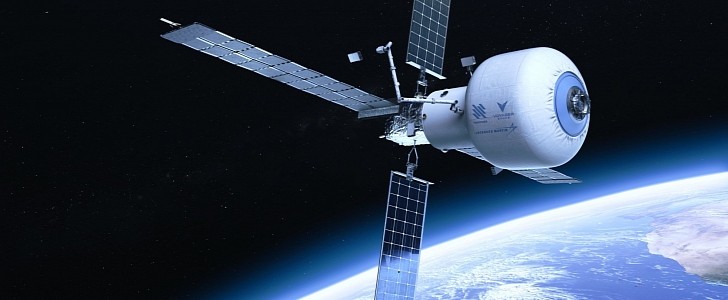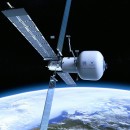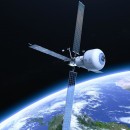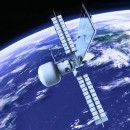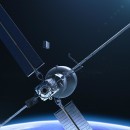As the International Space Station (ISS) is getting old, companies are looking towards designing a new home for astronauts. One of the models proposed is Starlab, a modern "free-flying" commercial station that could be up and running by 2027.
NASA has cleared the ISS to fly until at least 2028, but the space station is already starting to show signs of wear. Naturally, as new technologies are being developed, the number of orbiting artificial structures is expected to skyrocket in the following years.
China is already building its own space station called Tiangong, and various privately-owned companies are already making plans to build a commercial successor for the soon-to-be-retired ISS. The latest to join the effort of building new habitats in Earth's low orbit is Nanoracks, a company known for providing commercial space access solutions.
Nanoracks has recently formed a team with Voyager Space and Lockheed Martin to develop what it calls the "first-ever free-flying commercial space station." It's going to be named Starlab, and it will be mainly dedicated to conducting scientific research. However, the new structure will also serve tourism and other business activities.
The main structure of the Starlab will be represented by a large inflatable habitat manufactured by Lockheed Martin and a metallic docking node. It will be smaller than the ISS since only four people will be able to live and work on it. For comparison, the space station can currently host six people at a time.
Starlab will also have a 60kW power and propulsion element, a robotic arm that will move equipment around the station, support astronauts working in space, and service cargo and payloads. There will also be a laboratory system where astronauts will conduct scientific research.
If everything goes as planned, Starlab is expected to deploy from just one launch in 2027 and provide an Initial Operating Capability (IOC) that will allow for immediate and continuous crew presence and commercial operations.
China is already building its own space station called Tiangong, and various privately-owned companies are already making plans to build a commercial successor for the soon-to-be-retired ISS. The latest to join the effort of building new habitats in Earth's low orbit is Nanoracks, a company known for providing commercial space access solutions.
Nanoracks has recently formed a team with Voyager Space and Lockheed Martin to develop what it calls the "first-ever free-flying commercial space station." It's going to be named Starlab, and it will be mainly dedicated to conducting scientific research. However, the new structure will also serve tourism and other business activities.
The main structure of the Starlab will be represented by a large inflatable habitat manufactured by Lockheed Martin and a metallic docking node. It will be smaller than the ISS since only four people will be able to live and work on it. For comparison, the space station can currently host six people at a time.
Starlab will also have a 60kW power and propulsion element, a robotic arm that will move equipment around the station, support astronauts working in space, and service cargo and payloads. There will also be a laboratory system where astronauts will conduct scientific research.
If everything goes as planned, Starlab is expected to deploy from just one launch in 2027 and provide an Initial Operating Capability (IOC) that will allow for immediate and continuous crew presence and commercial operations.
